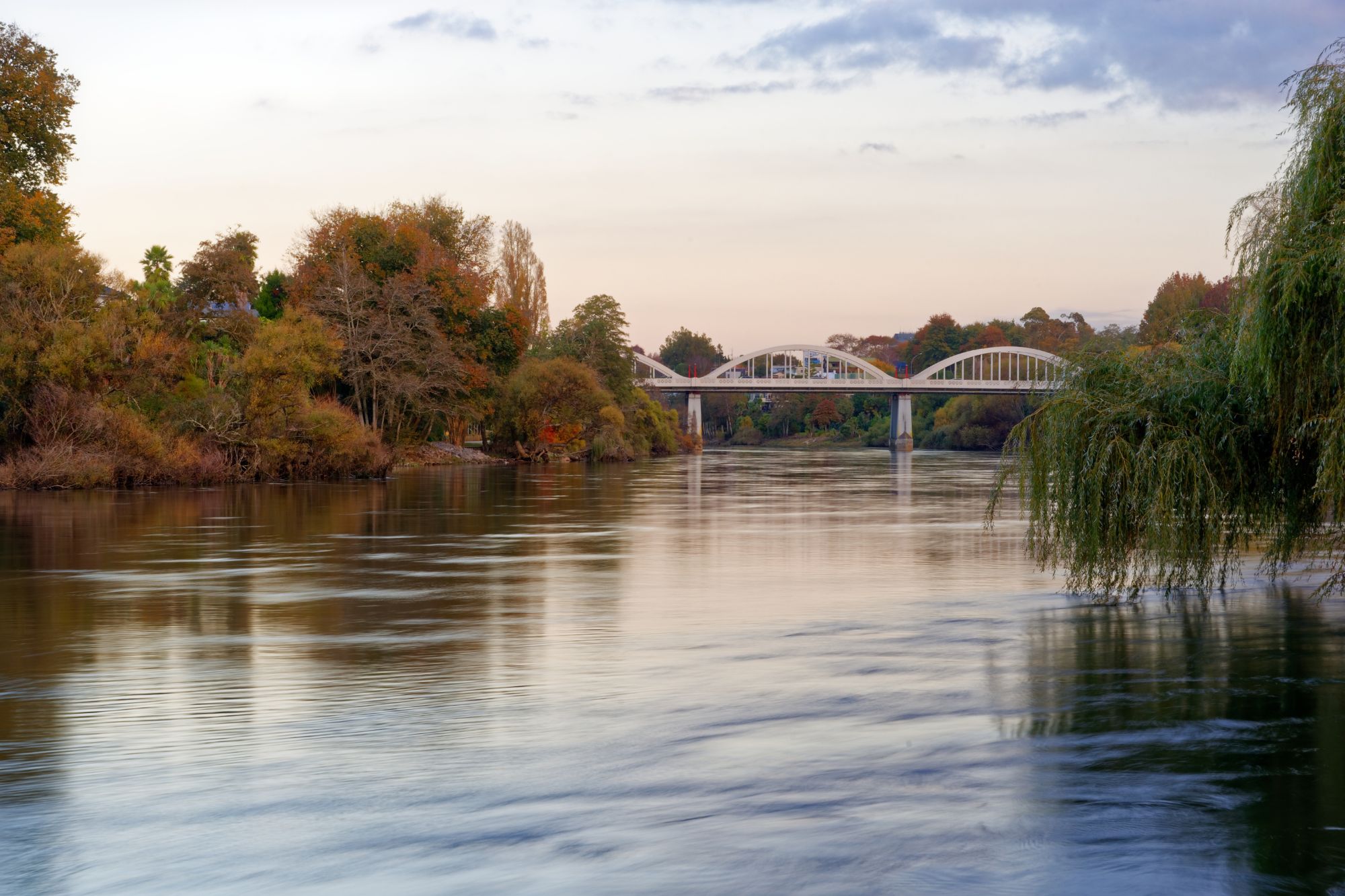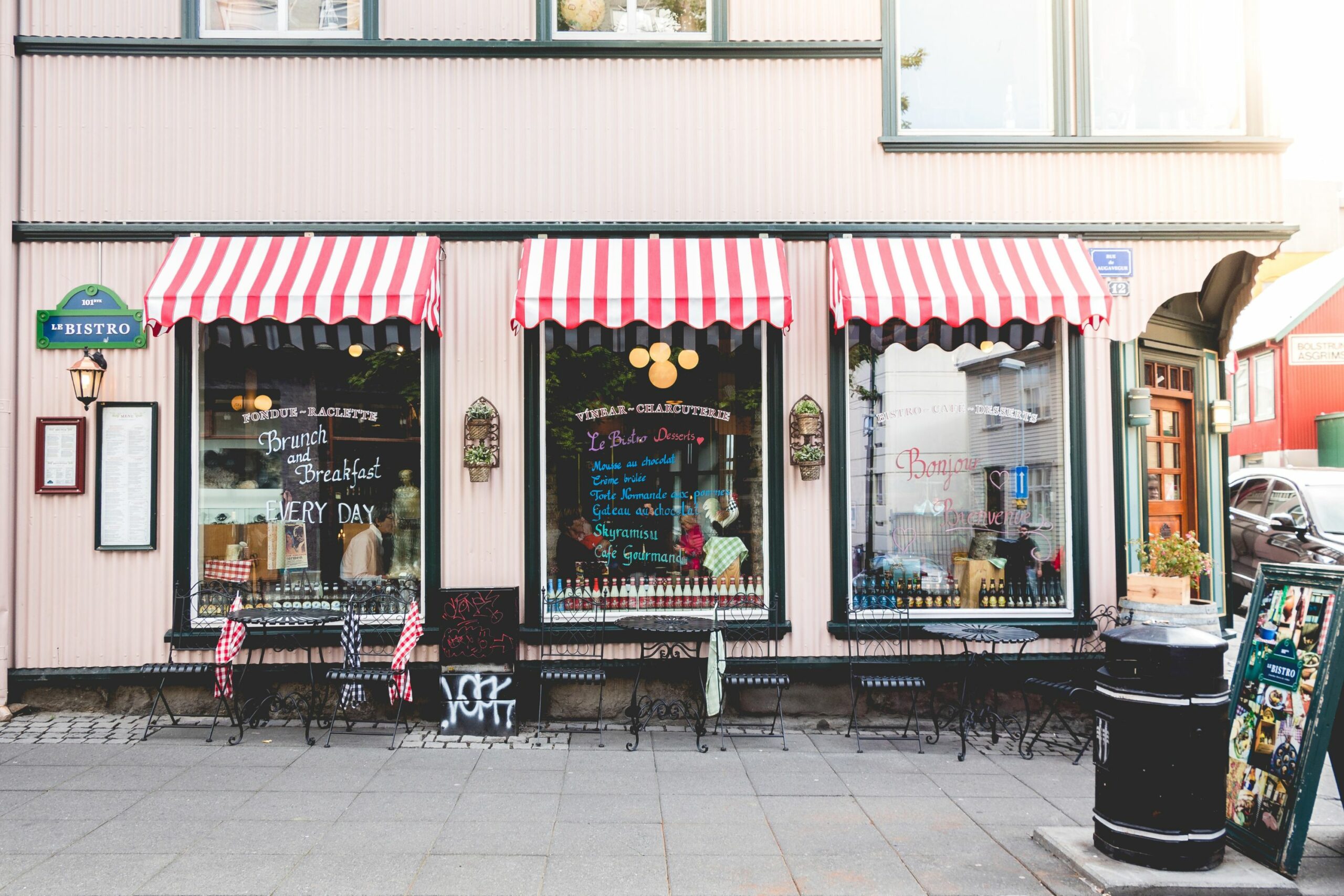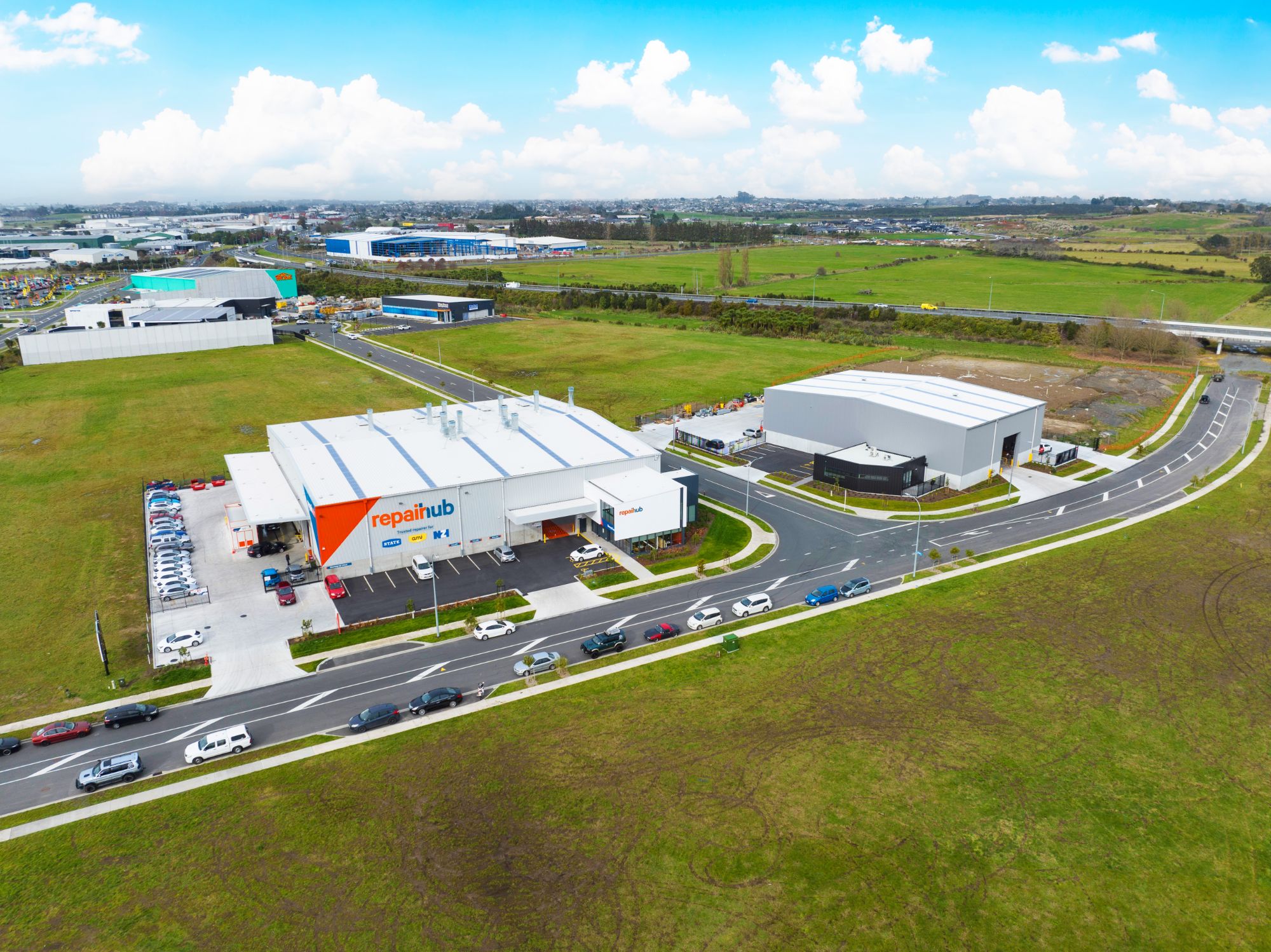Key drivers across all market segments continue to play a significant role for Hamilton and the Waikato, as the Golden Triangle steamrolls ahead.
Three recently completed occupancy surveys for Hamilton, conducted between NAI Harcourts and CBRE Research, show a clear picture of this thriving environment.
Industrial
Hamilton has fallen to a record low vacancy rate for the fourth year in a row. It now sits at 0.9%, indicating that despite significant increases in the volume of new industrial buildings constructed throughout 2020/21, vacancy remains tight.
With the city’s industrial stock levels now reaching over two million square metres of floor space, in 2021 just over 70,000 m² of new industrial space was added to Hamilton’s stock levels; this is a similar increase to the previous year and demonstrates the strength and demand for space in Hamilton’s industrial sector.
Currently under construction in the surveyed area is an additional 65,000m² (approximately), which includes projects for Tyreline at Hamilton Airport, additional warehousing for Mainfreight at Te Wetini Drive, and new builds for NZ Windows and Altus, both at Te Rapa Gateway.
At Hamilton Airport, Tekplas has completed their new manufacturing plant at 15-25 Meridian Drive, as has Claas on John Spencer Way. Also completed at Hamilton Airport is the mega centre for Trade Depot, on the corner of Raynes and Airport Roads.
The regional industrial market growth has been driven by improved transport linkages and expressway connections with other markets, such as Auckland and the rest of the North Island south of Hamilton becoming more accessible. These improved connections and now construction at the Tainui Inland Port and Industrial Hub are all assisting and fuelling the strong interest in this region. Its expected pressure on Industrial demand will continue to ramp up as business confidence in the region remains strong.
Office
CBD office occupancy figures show over the same 6-month period to January 2022 the overall office vacancy decreased from 8.1% to 7.0%. This is the lowest since the survey commenced in 2008.
Substantial redevelopment of poorer grade premises over the last 5 years, along with a significant amount of new redevelopments that are currently under construction or have recently been completed, is in stark contrast to Hamilton of the early 2000s.
New builds currently under construction include 8,000m² for ACC on the corner of Tristram and Collingwood Streets; 2,000m² for NZ Blood on the corner of Anglesea and London Streets; 2,000m² for Ministry of Social Development on the corner of Victoria and Rostrevor Streets; Waikato Regional Theatre at the southern end of Victoria Street; Building E and the multi-level car park building at Union Square on the corner of Anglesea and Hood Streets, having recently secured new leases for 3 office floors.
Flight to quality has been a strong theme amongst office occupiers in the past few years, accentuated by the pandemic, as businesses aim to provide workplace environments that help not only attract and retain talent but to maintain and improve employee communities and company culture.
The results of the last two occupancy surveys show that this is not only a global phenomenon but a trend that is very much experienced within the Hamilton office occupier community.
CBRE Research notes that while hybrid working and more employee flexibility are here to stay, it does not seem to be a major issue in population centres where commuting to and from the office is perhaps less stressful, which together with the city quickly becoming the focal point of the golden triangle economic area, this bodes well for Hamilton.
Retail
The latest CBD occupancy figures to January 2022 show that the retail vacancy has decreased further in the central city – from 5.8% in June 2021 to 5.6% by the end of the year. This is the second lowest rate since the survey commenced in 2008.
Overall, the Hamilton CBD retail market has come through the challenges of the second half of 2021 relatively unscathed, with healthy new leasing activity and an encouraging amount of store space being under refurbishment or fit-out.
In the next few months, it is expected that Tainui Group Holdings and Kiwi Property will produce a master plan for the wider Centre Place precinct, detailing their vision for the central city site. This will be another important catalyst for yet more growth in the continuing transformation of the CBD, as are the apartments and housing developments that bring people into the area to enjoy the benefits of an increasingly vibrant central city.
Looking Ahead
While there are challenges ahead, with rising interest rates, supply chain issues, increasing construction costs and staffing shortages, Hamilton and indeed the Waikato region appears to be better positioned than most, if not all, other regions in the country.




